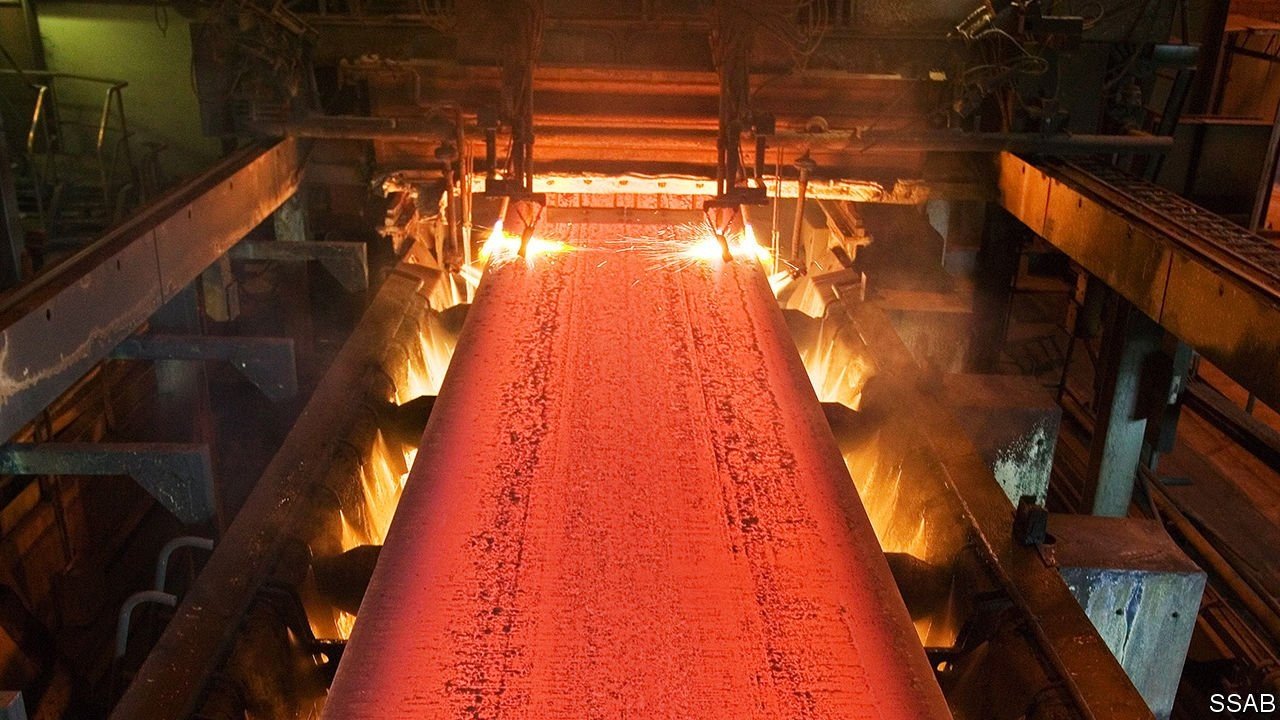Power that is cheap and—crucially—green, along with bargain land and proximity to iron ore, is sparking an improbable industrial revolution, based on hydrogen, “green” steel and batteries.
SSAB, a steelmaker, is poised to deliver its first consignment of “eco-steel” from a hydrogen-fuelled pilot plant in Lulea, a northern city.
To make steel, iron ore must be melted at high temperatures and reduced from iron oxide to iron, a process that typically involves burning fossil fuels, releasing huge amounts of carbon dioxide.
If he does so by 2030, he will be supplying a sizeable amount of the European Union’s expected annual demand of some 450 gigawatt-hours of electric-vehicle battery capacity by 2030.
The new plant will make 5m tonnes of flat steel a year by 2030, a small but meaningful percentage of the 90m tonnes that is currently consumed annually in the EU.
Northern Sweden’s steelmaking leaps are being emulated elsewhere in Europe, in response to similar environmental pressures which will only increase if, as looks very likely, Germany’s Greens enter government after the election in September.
Claes Nordmark, the mayor of Boden, says house prices are rising and contractors are queuing up to build apartment blocks in anticipation of H2 Green Steel’s new facility.
